Goans are spread in different parts of India and all over the world. What is the definition of a Goan? Bardeskars are true Goans although often those residing in Goa may scoff at them as being ‘Bhailo’, the outsider. Bardeskar community consists of the Christians who had migrated from Bardez taluka of Goa about three centuries ago and settled in places like Ichalkaranji, Gadhinglaj, Ajara, Chandgad talukas of Kolhapur district and Belgaum district in neighboring Karnataka state.
The social, cultural, religious, educational, and financial characteristics of this community were drastically different from the Christian community from Aurangabad, Nashik, and Ahmednagar districts fascinating one’s curiosity to explore the history of this community.
First of all, they speak a different language in their family and amongst themselves – Konkani, the language of their ancestors from Goa which they had preserved for over 300 years after being cut off from their native land.
At that time local Hindus referred to them as Bardeskars- an identity of their migration- but gradually switched over to their original family names from Goa like D’Souza, Fernandes, Monteiro, Lobo, Mascarenhas, et al. Now many of the younger members of this community may not like to be referred to Bardeskars. They would prefer to call themselves natives from Goa.
Their names and surnames, they had also preserved the faith of their ancestors – Christianity, Catholic faith to be precise. In Goa, one does call oneself a Christian but a Catholic. This was indeed a feat considering that there were no priests or catechists who introduced them to tenets of the Christian religion.
Catholic migrant families have adapted Bardeskar’ surname from villages under Gadhinglaj, Kagal & Bhudargad talukas of Kolhapur district for official & revenue records. However, in Church records the original Catholic names & surnames only are written.
In the case of the families from Chandgad & Ajra taluka, they retain their unique Catholic surnames both for revenue & official purposes. Only local Hindu neighbors address them as ‘Bardeskar’ to differentiate this migrant community.
Similarly, the settlers from Khanapur taluka & further south use their original Catholic surnames only. Some of them feel offended if they are addressed as Bardeskar. Even their Hindu neighbours term them as ‘Kokane’.
The strict adherence of the Bardeskars to the Roman Catholic faith – sans the presence of the clergy for over a century is astonishing. The presence and role of the priests are very important in a well-organized religion like Christianity, especially the Catholic Church. The priests are required to administer the seven sacraments like baptism and wedding in various stages of life of the faithful. The Bardeskars community, it seemed, was strongly entrenched into the religious faith of their ancestors.
Bardeskar Sir, one of the tallest and most respected figures in the Bardeskar community along with the other members of the Bardeskar community had gained a respectable status among the majority populace. Some were teachers in colleges and schools while others were employed in respectable positions in government departments and private firms.
After migrating from Goa two-three centuries ago, Bardeskars in the borderlines of Kolhapur and Belgaum districts, adjoining the Western Ghats have fully assimilated into the local populace, acquiring fluency in local Marathi and Kannada languages, and yet, maintaining their distinct identity with preservation of their mother tongue Konkani and Christian faith. Over time, Bardeskars had also acquired land, built houses in their new, migrated land. Possession of the agricultural land helped them to be one among the other populace and also offered them gainful livelihood.
The English medium school, Rosary School Ajara, Sarvodaya Khanapur, and Sadhana Vidyalaya from Gadhinglaj helped the children to acquire fluency in the language of the modern age. Turning into the marriage rituals and traditions followed in this community, there were Konkani folk songs played when the bridegroom and bride leave their houses for the marriage ceremony. The men and women join in singing the Konkani songs as the marriage parade goes from one place to the other and later reaching the church where a priest administers the wedding sacrament to the couple.
An ordination ceremony of a priest also consists of similar rituals where songs are played before the ordination ceremony which is presided over by the Belgaum diocese bishop. Only a bishop or clergy of a higher rank in the Catholic Church can preside over the ordination ceremony of a priest. The local Christian community hosts meals for the gathered assembly on the occasion. These Konkani folk songs, rituals, and other traditions connected to the marriage and other ceremonies were brought along by the Bardeskars when they left their native villages in Bardez in Goa two centuries back.
The same also holds true about various Konkani words, Portuguese –origin phrases as well as songs, spoken by the Bardeskars now and which may have been now extinct in the vocabulary of people in Goa. Invariably, some Marathi or Kannada words too may have slipped into the vocabulary of the Bardeskars. It is a known fact that the Konkani spoken among the Catholics, especially in South Goa, has many Portuguese-origin words like Kadel for chair, whereas the Hindus may use the word Khurchi which is also used in Marathi.
The migrated Bardeskars however took the utmost care to retain their umbilical cord with their villages in Goa. They renewed their shares or Zone in the village Communidade – a cooperative of landholding villagers –which is only seen in Goa and nowhere else in India. The elders took pains to visit Goa to register the names of their children as heirs as Zonnkar in the Comunidade, similar to the Index 7/12 form of the British legacy in India.
Bardeskars were not exactly a homogenous community as it seemed to outsiders. There was no tradition of marital relations among all families of Bardeskars. Some families from a village would have marital relations with only families of particular villages. This underlined the caste differences among the Catholic Bardeskar community – a legacy of their castes before their conversion to Christianity in Goa 200 or 300 years before.
People belonging to the Saraswat, Kshatriya, and various other castes were converted to Christianity after the Portuguese established their political rule in Goa in the early 16th century. Despite the Church’s emphatic refusal to accept the existence of casteism among the Christians, the practice had nonetheless continued over the past few centuries and the Bardeskars had carried along with them this dubious legacy.
St. Francis Xavier whose relics are kept at Bom Jesus Basilica in Old Goa has also been a factor drawing the Bardeskars to their native place. Even during the Portuguese regime which ended only in 1961, the Bardeskars visited Goa to attend the feast of this Goencho Saiba, falling on December 3rd.
South Goa’s then independent Lok Sabha member and also a Konkani writer Uday Bhembre, has appreciated the Bardeskars for the preservation of their mother tongue in their new land despite many odds. He further added that the Bardeskar community settled outside Goa is a fine case study for researchers in various faculties of knowledge including sociologists, historians, anthropologists, linguistics, and others.
Pune-based Alphie Monteiro has written a book on the history and culture of the Bardeskar community, entitled ‘’The Bardeskars-The history of migration”. The quest for knowing the roots and origins of the Bardeskar community has led Monteiro to conduct this research. In his quest for the right answers, Monteiro has met several people, referred to various books and articles that have helped him to unravel many hidden facts about this unique community.
However, presently the Christian population of this community are dwindling rapidly from the villages where their forefathers took shelter & resided for over 200/300 years. Bardeskar’s, particularly the youths, are moving to bigger cities and towns for employment. In a way, the second migration has set in but for economic reasons. Soon, most of these villages will be without any trace of Goan Catholic identity and the Bardeskars community which has its roots from 300-400 years ago.
Image Credits: Rajesh Ghadge


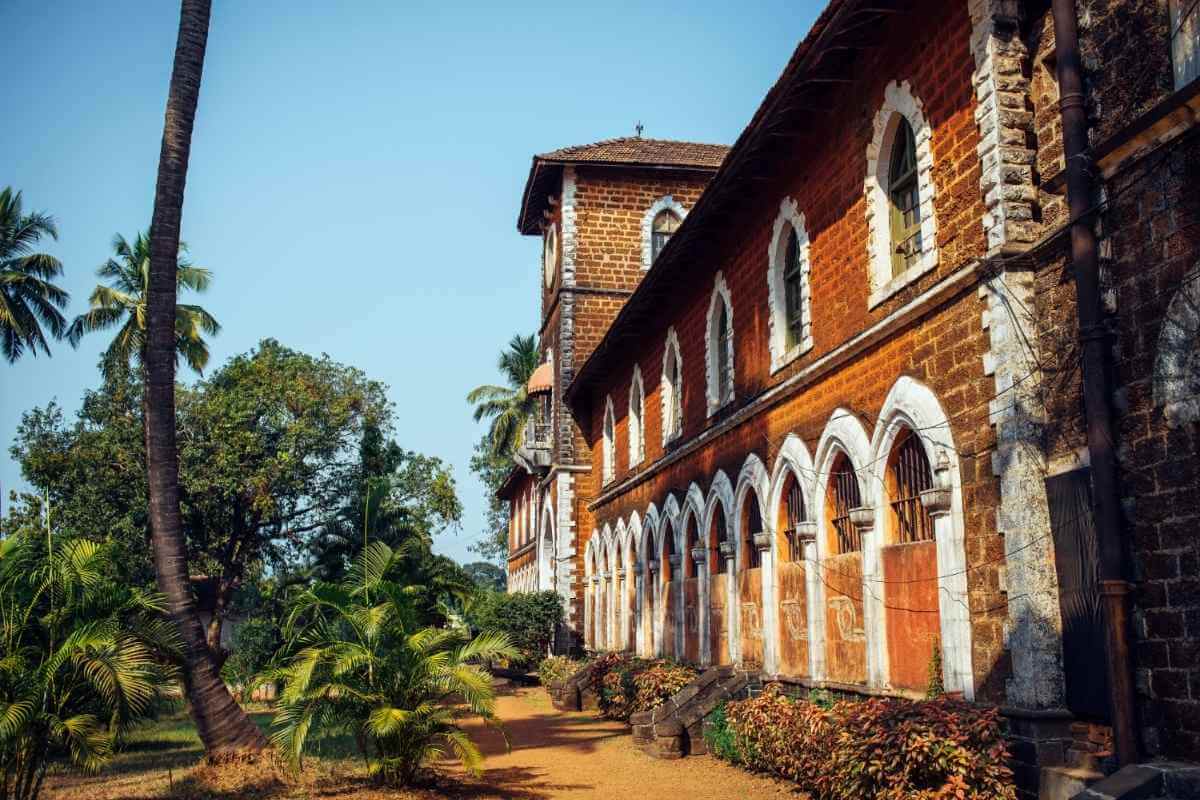




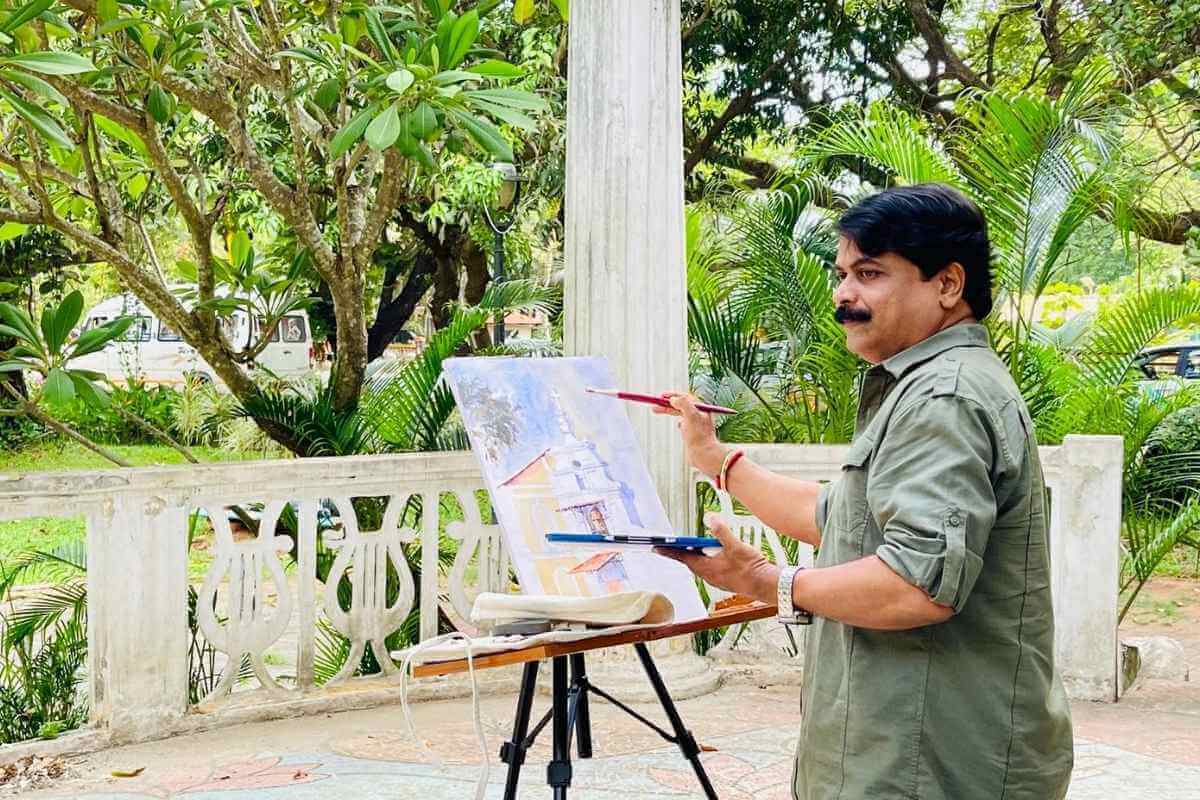







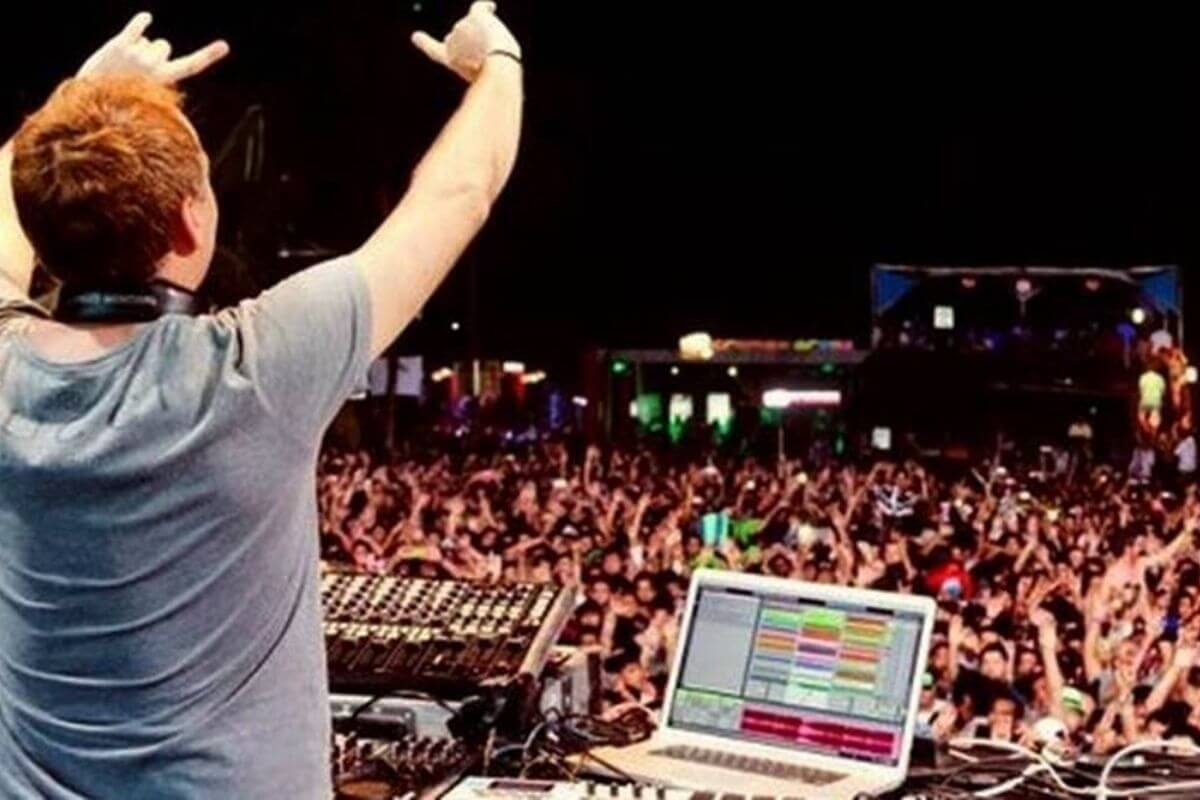
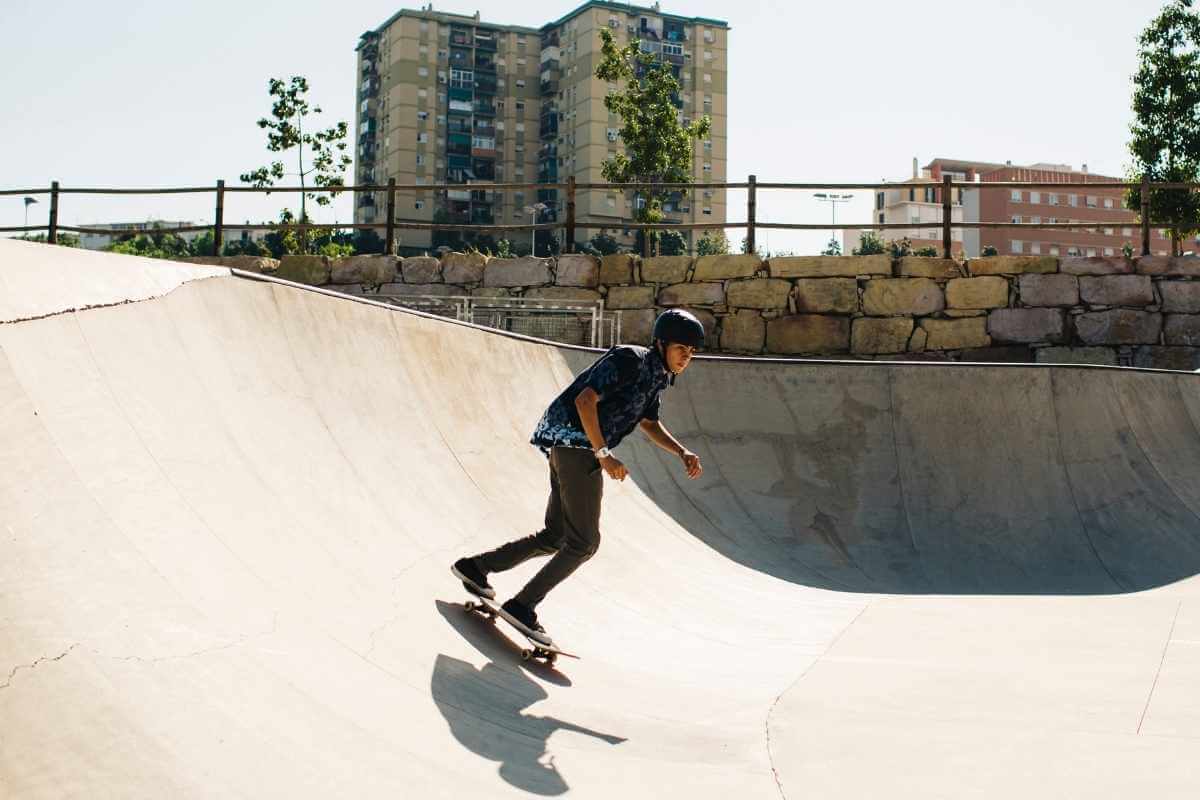



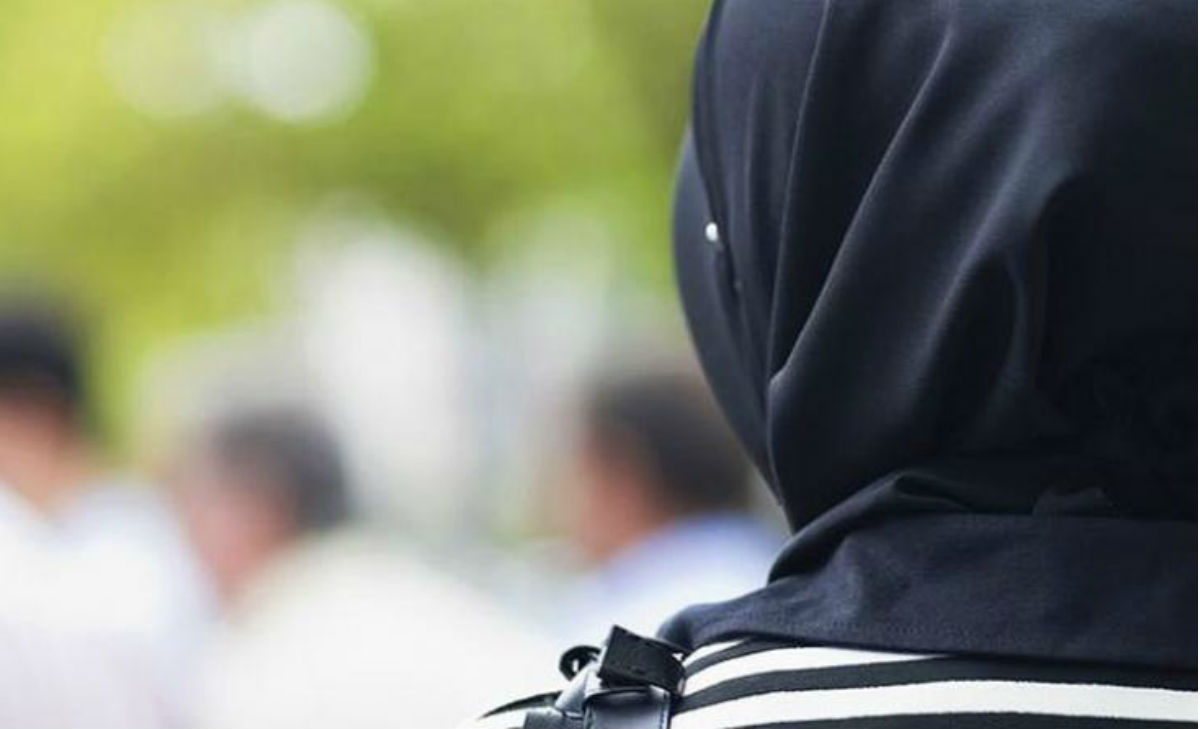
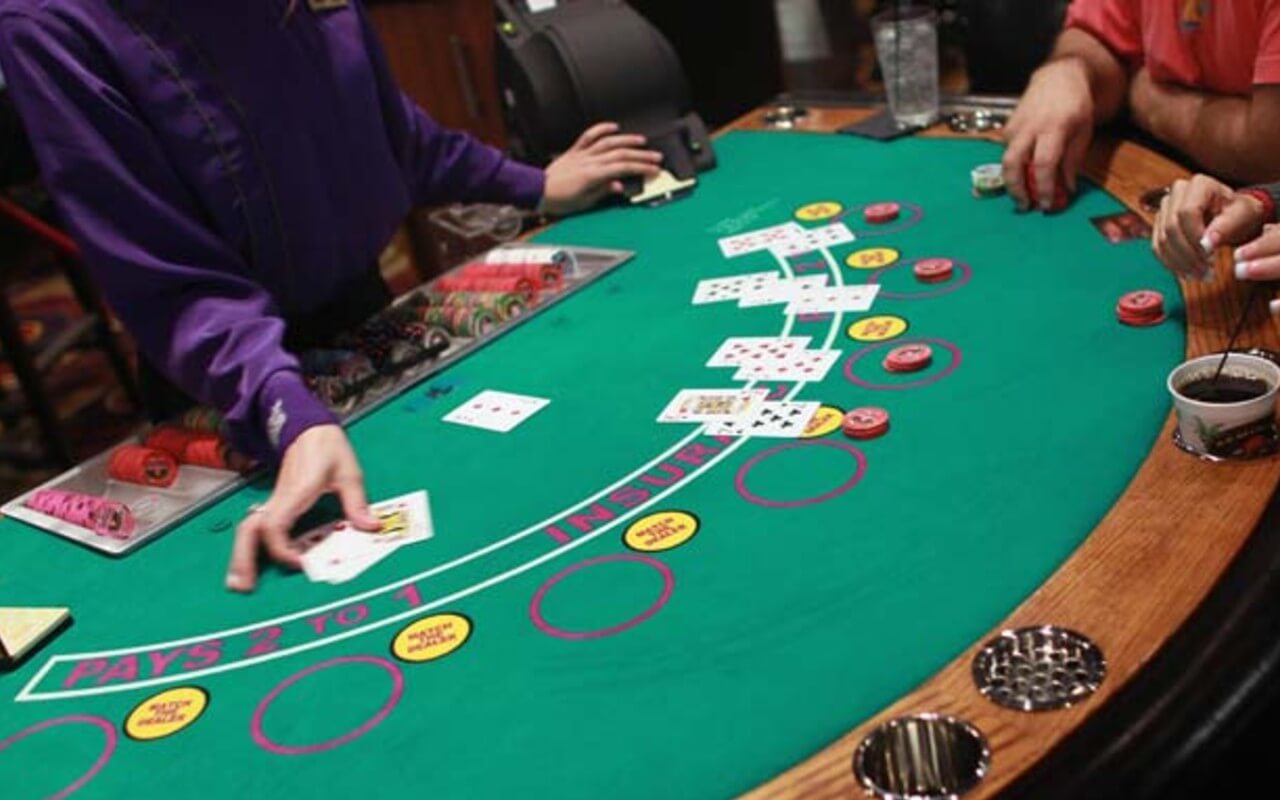

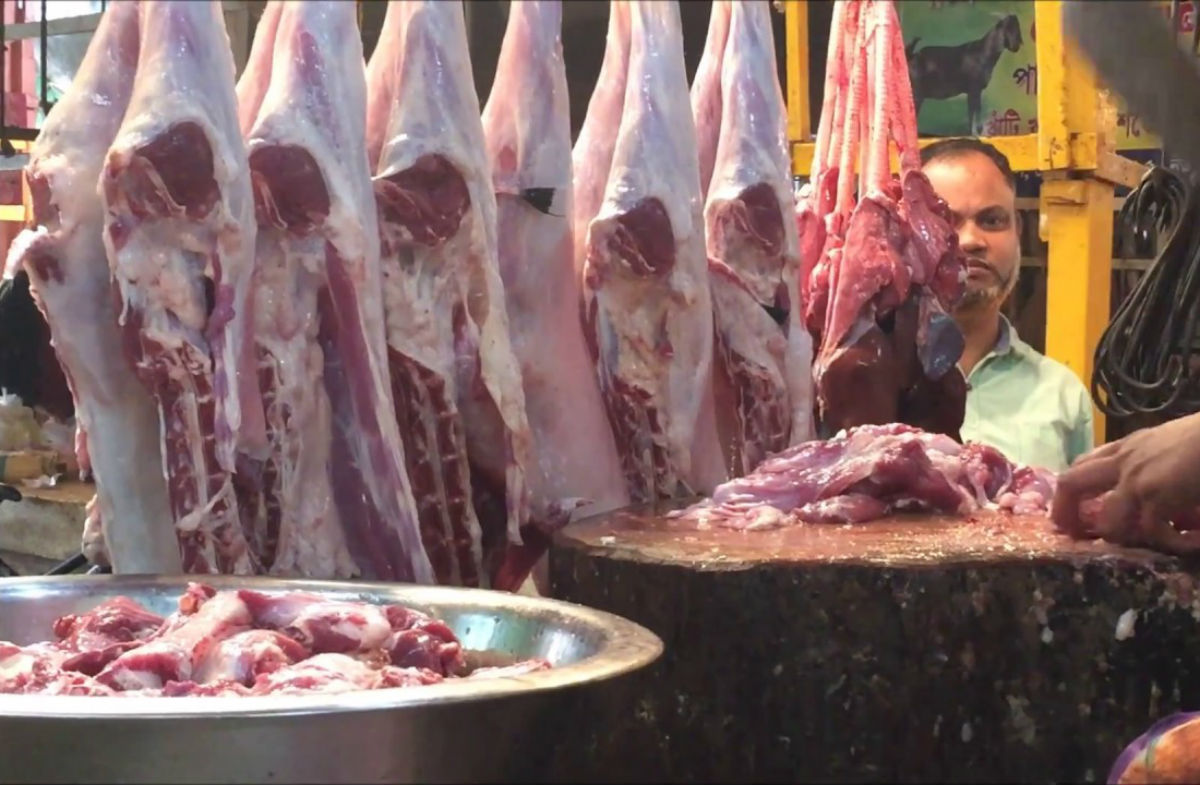

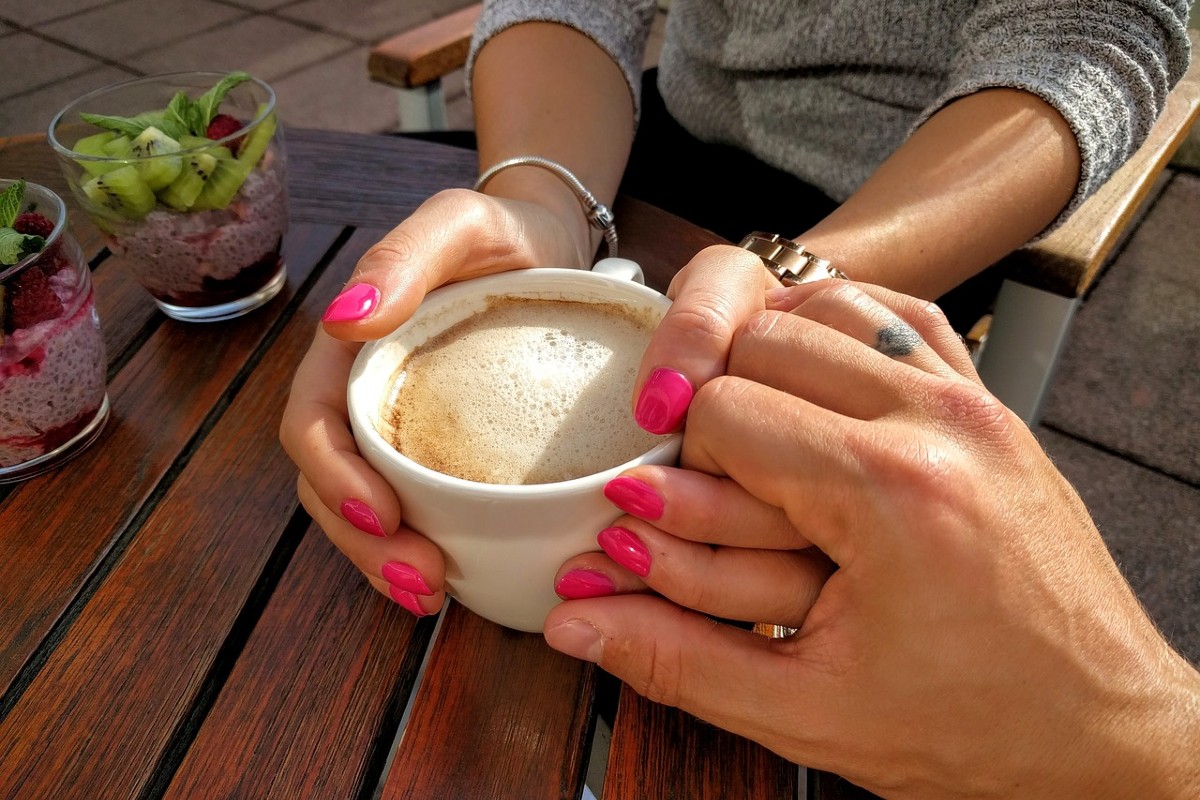
1 thought on “Exploring The Roots of The Bardeskars – The Native Goans”
This is really interesting! If you let me know the exact location of this community then I would love to visit those places.